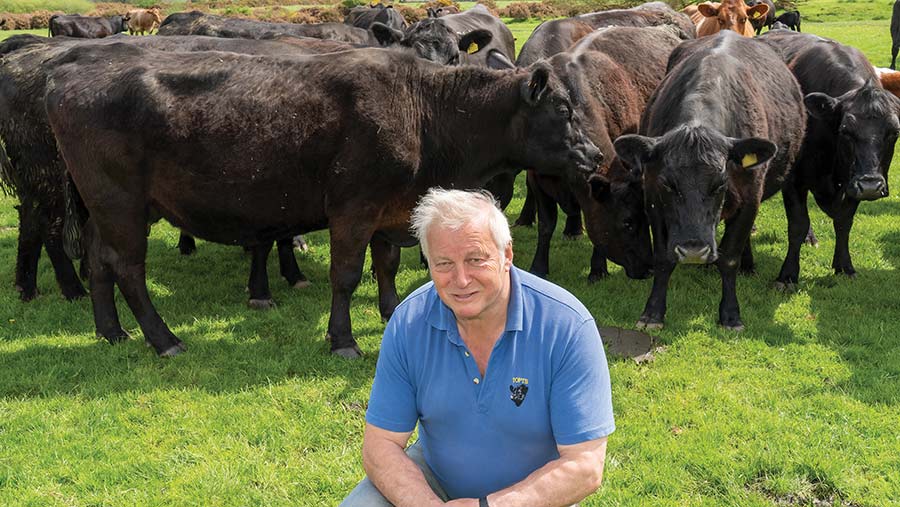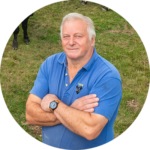Farmer Focus: Show season is great for promoting farming
 © Angus Findlay
© Angus Findlay It is that time of year again, show season.
The Royal Three Counties show was blessed with fantastic weather and I was kindly asked to judge the Belted Galloways and the British Whites.
There was a good turnout of these minority native breeds and I would like to thank all the exhibitors for their hard work in getting their animals prepared for showing.
See also: Country shows affected by soaring costs amid cost-of-living crisis
The following week was the Royal Highland Show, where I am part of the commentary team for the cattle on the Thursday, the main beef judging day.
I cover the Aberdeen Angus, Beef Shorthorn, Charolais and Galloways. Again, huge credit to all exhibitors in bringing these animals to the show.
Commentating at the show is, I feel, very important, as it gives me the opportunity to engage with the general public, giving them an understanding of what we do, and why we do it.
During the Aberdeen Angus judging there was a very pleasant surprise for me as I was presented with the Hugh Watson Memorial Award for a lifetime of dedication to the Aberdeen Angus Breed. I was very humbled by this presentation.
A great deal of time and effort goes into staging these agricultural shows, large and small. They all need to be encouraged and supported. Showing is a still a means of promoting and demonstrating farmers’ produce.
As primary food producers we must collaborate and get our message out there. Ruminants are the most efficient animals in converting grass indigestible to humans into protein and everyday products (leather, cosmetics and so on).
Cattle and sheep are, in reality, edible, solar-powered lawn mowers that have shaped the British landscape.
Back home on the farm, the bulls have gone out to the cows for nine weeks; around half the ewes have been shorn; some good June hay has been made; and baled silage is under way. We have, at last, had some rain.
Between 6 May and 18 June we had no rain. Since then, we have had 20mm and counting.
The soils here are very light and gravelly, so moisture disappears quickly. Hopefully our kale for winter keep might now grow.

